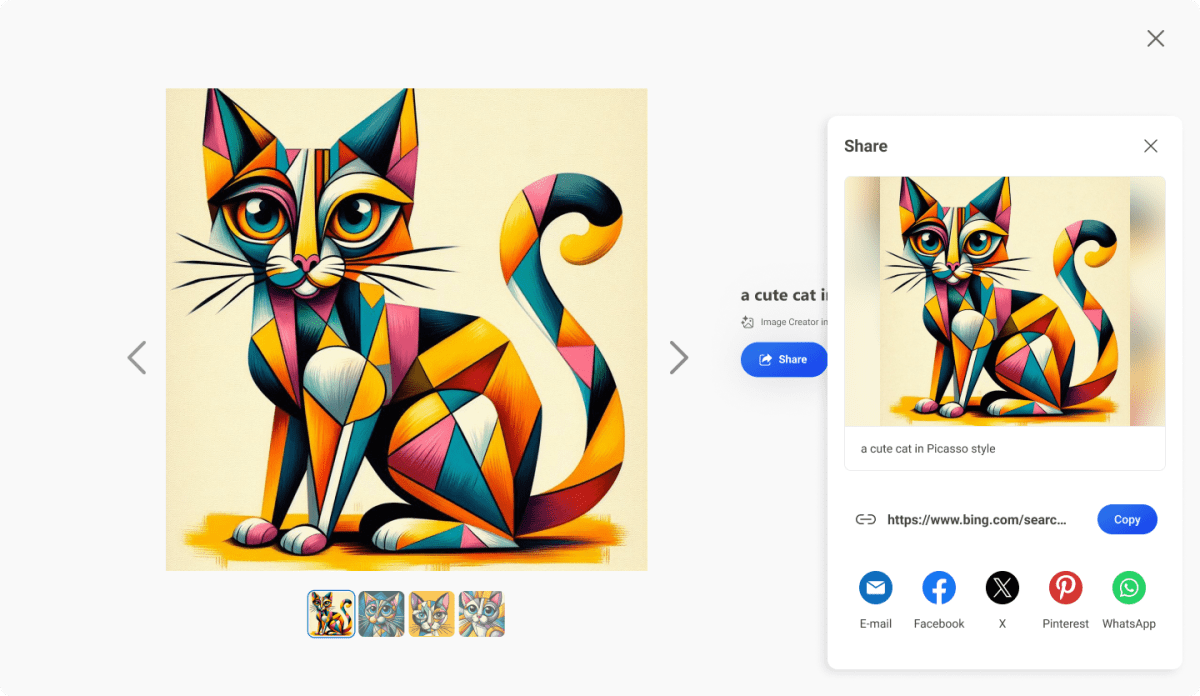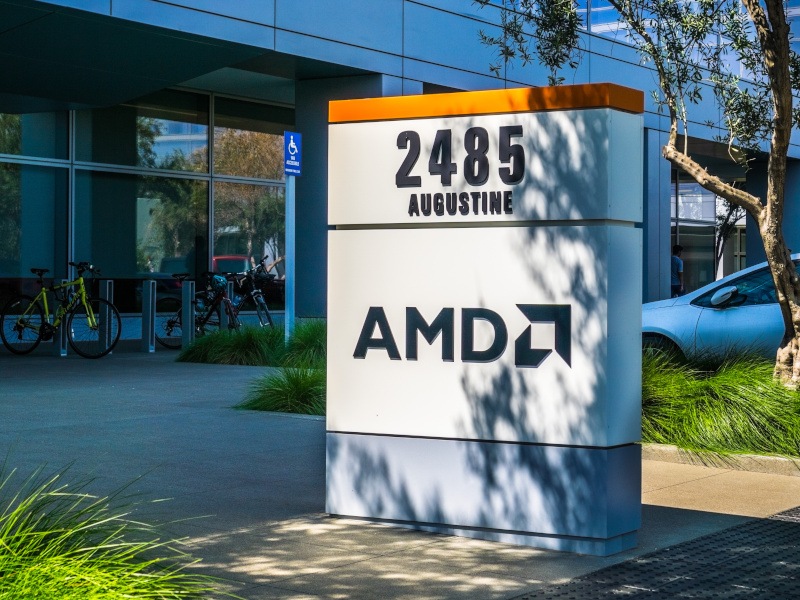Join our daily and weekly newsletters for the latest updates and exclusive content on industry-leading AI coverage. Learn More
Google expanded access to the business version of its popular NotebookLM app, now called NotebookLM Plus, targeting enterprises, teams and individuals who rely on the app’s research tools.
The company also updated its podcast-like Audio Overview feature, which allows users to interact with the AI hosts and ask questions out loud.
The research tool, which lets people gather information into “notebooks” and ask questions with answers from the source material, launched in July last year on preview. It proved popular and became generally available in December. Originally built with Gemini 1.5, NotebookLM has been upgraded with an experimental version of Google 2.0 Flash, Google said.
After the Google team noticed a lot of different use cases for NotebookLM — including many enterprise projects — the company launched NotebookLM Plus for enterprises, teams and individuals who use the application a lot. NotebookLM Plus will have five times as many Audio Overviews, notebooks and sources per notebook.
Premium users can also customize the style and tone of notebooks, share notebooks with team members, and see usage analytics. Google said it also added more privacy and security features.
NotebookLM Plus can be accessed through Google Workspace or Google Agentspace. Next year, NotebookLM Plus will be included in the Google One AI Premium subscription.
Google announced what was then called NotebookLM Business in October as a pilot program for new business-focused uses for the application.
Audio interaction
Audio Overviews, where users can generate an audio conversation based on the information in the notebook, came out in September and became an instant hit. The podcast-y nature of the audio offered a way to help people digest complex information via a conversation between two people and proved very popular.
The tool often featured two AI-generated hosts chatting about the information in the notebooks; now, NotebookLM users can interject and ask questions using their voice to get more details or direct the conversation. Users can create a new Audio Overview, tap the “interactive” button and then click on “join” while listening, and the AI hosts will call on the user to ask their question.
Interacting with the hosts of AI Overviews will be available only on new Audio Overviews, not on existing ones.
Google warned in a blog post that interacting with the Audio Overview is still experimental, and the “hosts may also pause awkwardly before responding or [may] occasionally introduce inaccuracies.”
Former NotebookLM product lead Raiza Martin had told VentureBeat that Google would introduce more controls and interactions with Audio Overview.
All-new look
Google redesigned NotebookLM to help users “better manage content and ask the AI interface questions about their sources.”
The new look introduces three panels: a Sources panel for all the documents or files uploaded to NotebookLM; a Chat panel to access the Gemini chat box to interrogate data sources; and the Studio panel for creating study guides, briefing documents and Audio Overviews.
“From the start, we wanted NotebookLM to be a tool that would let you move effortlessly from asking questions to reading your sources to capturing your own ideas. Today, we’re rolling out a new design that makes it easier than ever to switch between those different activities in a single, unified interface,” Google said in a blog post.
Enterprise interest
Since its launch, NotebookLM has had various uses, even in the enterprise space. Some have even claimed it is a “CRM killer.”
Users posted on social media about the different ways they’ve been using NotebookLM. Sam Lessin, former vice president of product at Meta and general partner at Slow Ventures, said on X that his firm uses NotebookLM instead of a CRM.
Martin previously told VentureBeat that her team saw many users begin sharing notebooks with others, making some notebooks the repository of data around company policies or project research.










Leave a Comment